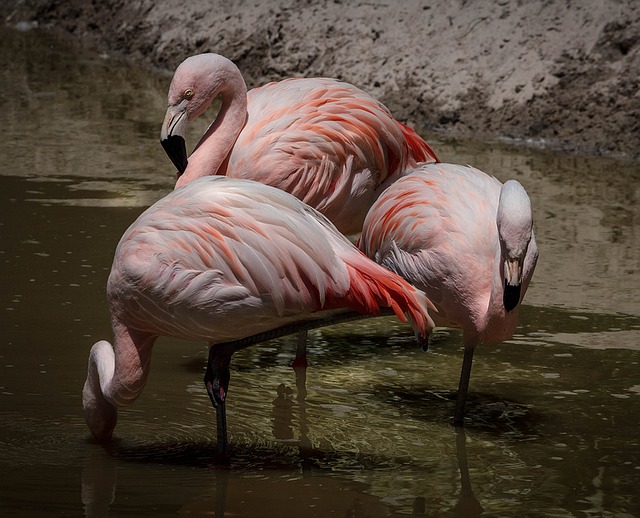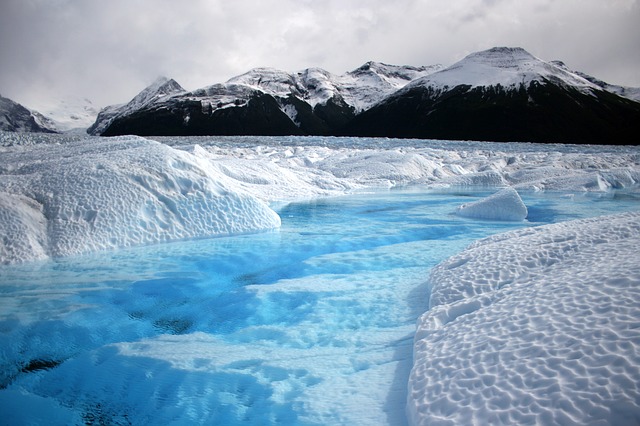
Are We Listening?
It has been a little over half a century since we discovered the rare vaquita porpoises and we are already on the brink of losing them. These lovely marine mammals have already reached the edge of extinction as they try to battle through gillnets used by illegal fishing operations. The world lost more than half of the population of the vaquita porpoises in the last three years to these illegal fishing operations, which are primarily conducted in marine protected areas in Mexico’s Gulf of California.
The slender vaquita porpoise has unique rings (dark) around the eyes and the mouth. It is the world’s most endangered cetacean. With dark grey skin on the top which fades to pale grey or white below, along with a stripe (dark) from the chin to the base of the flipper, the vaquitas are known to be tolerant of temperature changes and can easily adapt to abnormal changes in the temperature as well.
They live in the warm shallow coastal waters towards the Northern end of the Gulf of California and are the only species of porpoise who live in such warm waters. Their ability to tolerate such warm waters comes from their slender shape and relatively large fins which help in increasing the surface area of the porpoise and facilitates the dissipation of heat in warm waters.
The status of vaquitas is critically endangered because they are very rare and have a limited distribution. These porpoises are not hunted directly, but their populations have been dwindling as a result of incidental mortality caused by the fishing gear used by illegal fishermen. When they get caught in gillnets, they cannot surface in order to breathe, so they end up drowning in the very waters that they call home.
Most of the vaquitas are found in the Upper Gulf of California and Colorado River Delta Biosphere Reserve which was established in 1993. This area prohibits all forms of fishing and the buffer zone around the area restricts the use of gillnets, but these restrictions are not strictly enforced. Many organizations have made efforts to look for sustainable alternatives for the fishermen who depend on the Gulf area for their living, but it has become extremely difficult to conserve the vaquitas and remove harmful fishing gears from the area.
It has been noticed that a huge number of vaquita sightings occur beyond the Biosphere Reserve’s southern boundary. So if the gillnets are banned within the reserve, vaquitas who are outside the reserve may still suffer. Suggestions have been made that a complete ban should be put on fishing methods which end up killing the vaquitas. Everything from trawlers to gill nets could be banned completely throughout the area.
However, a complete ban like this will have a potentially profound political, cultural, economic, and social implications in and around the local communities of the area. This is why public education and awareness is the best way to approach the attempts of saving the endangered vaquitas and looking for ways to protect their habitat.
You can do your part spreading the word about how to help vaquitas by letting your friends know about the International Save the Vaquita Day that will take place on July 9th – hopefully this intended annual event will last for many years.





